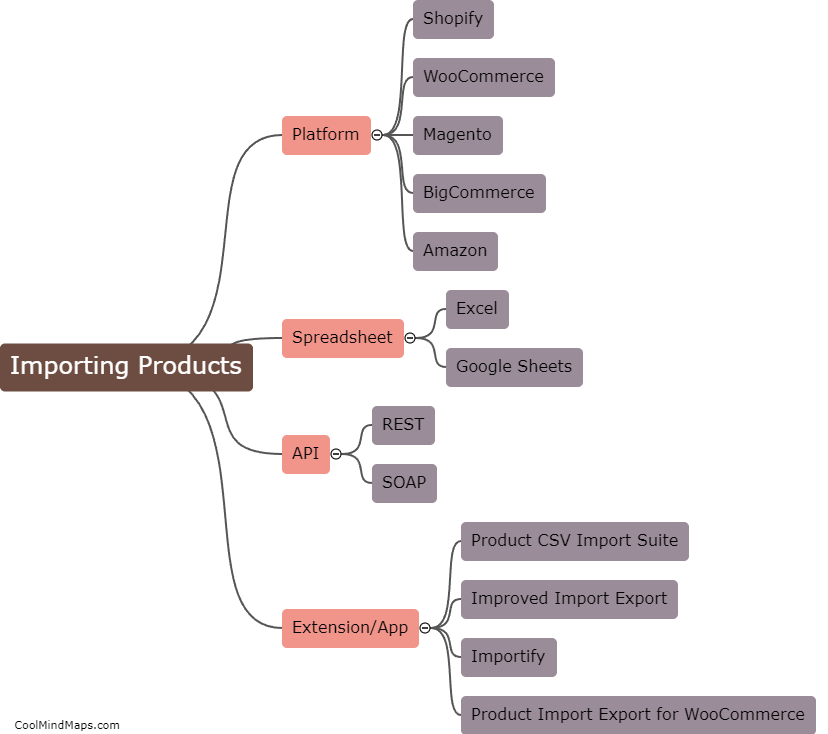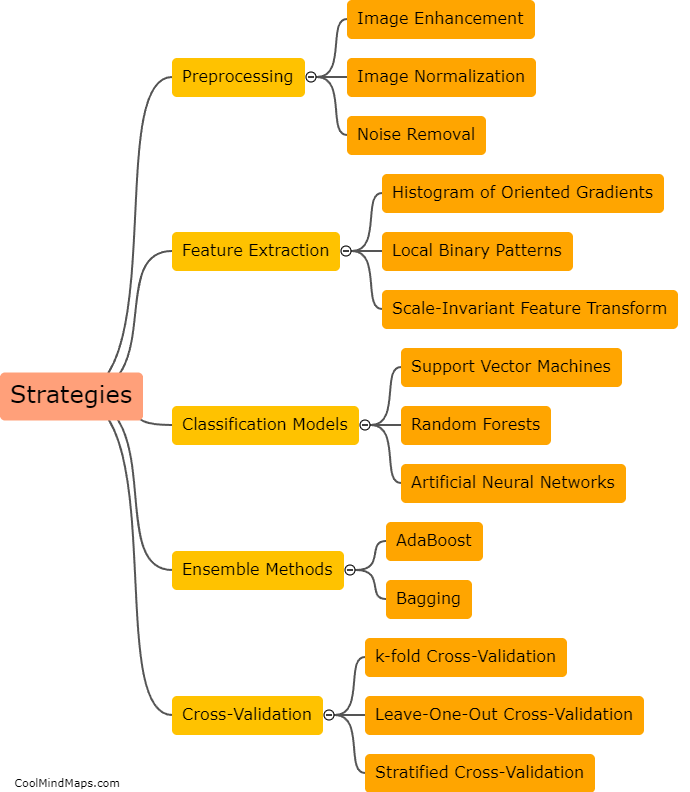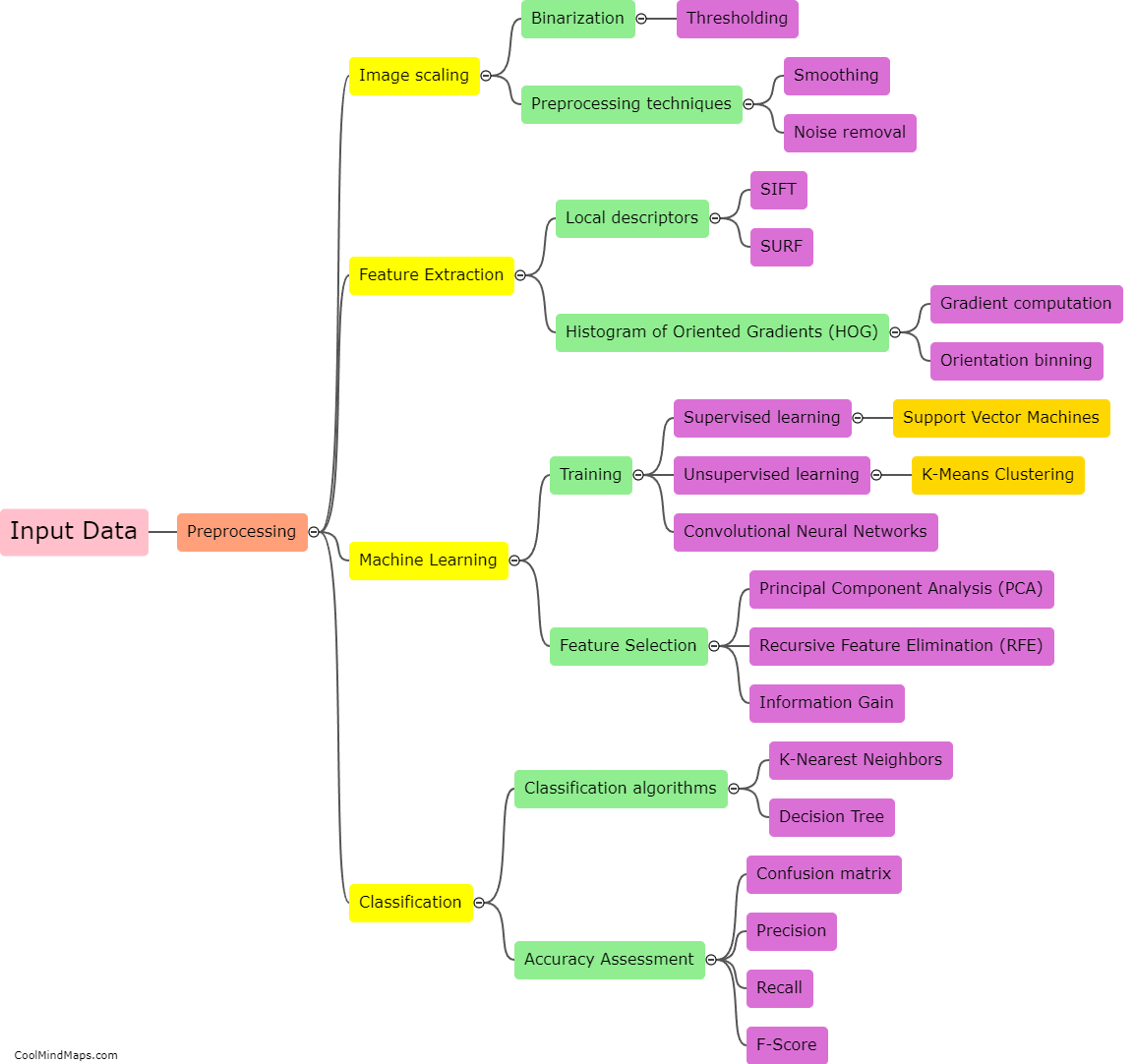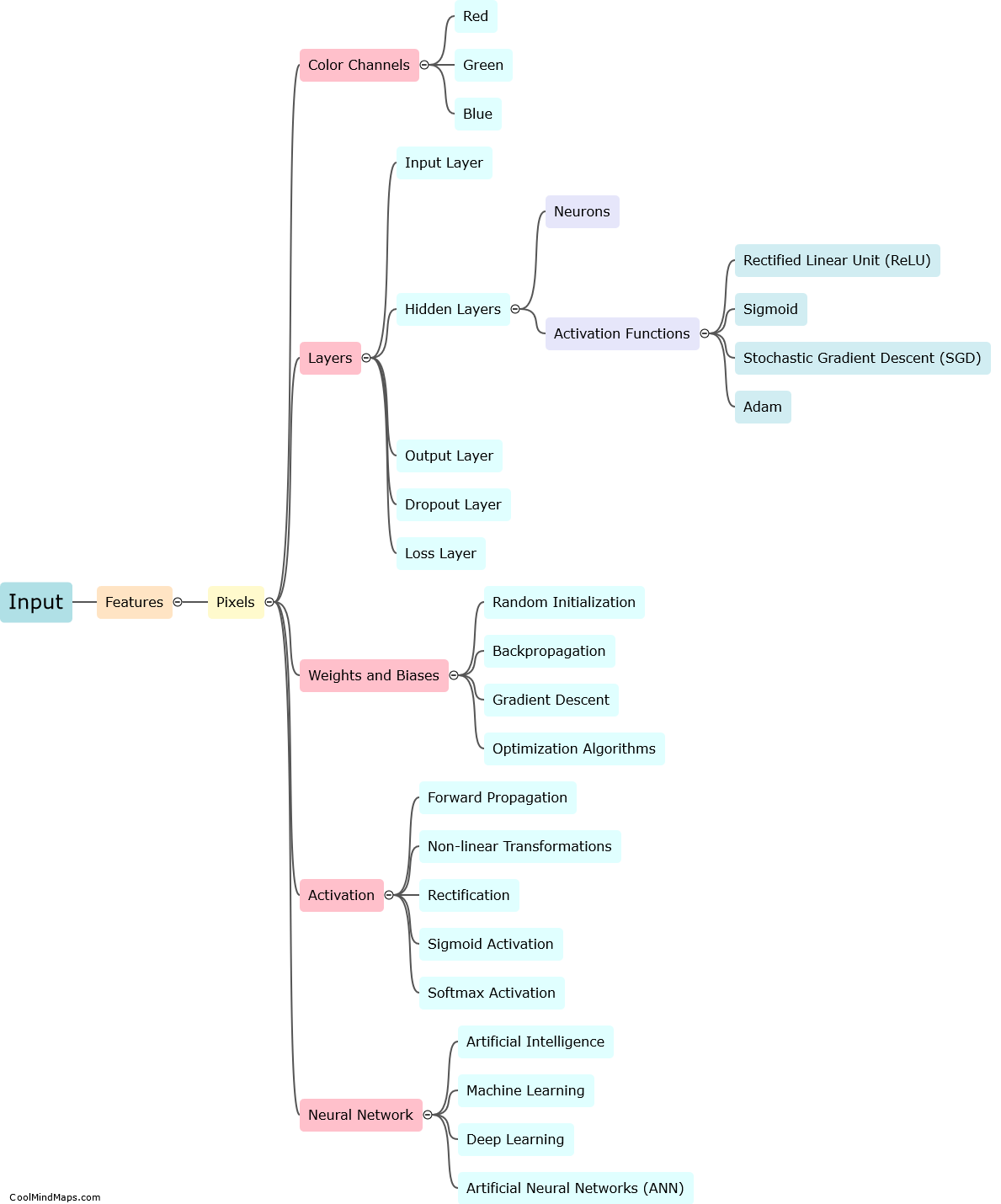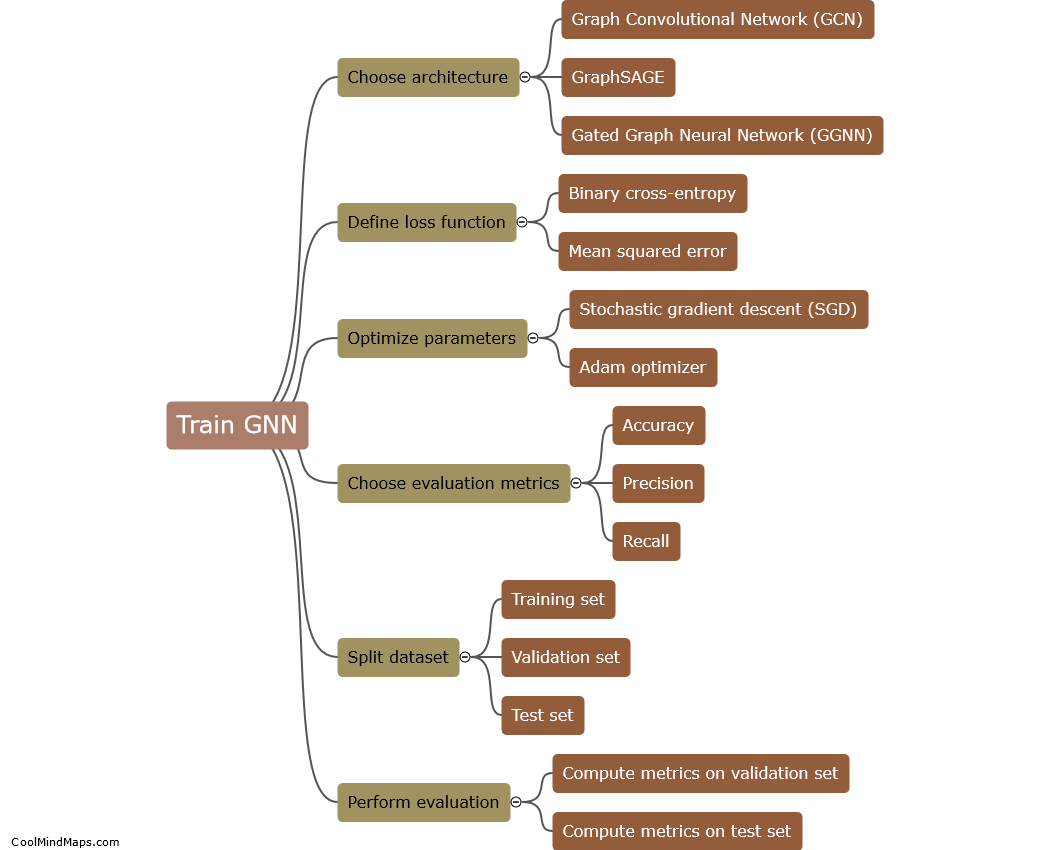How do graph neural networks represent graph structures?
Graph neural networks (GNNs) are a class of deep learning models designed to effectively represent and learn from graph structures. Unlike traditional neural networks, GNNs can capture and exploit the underlying connections and dependencies within a graph. GNNs achieve this by leveraging node and edge features to iteratively update the representations of nodes, capturing context and relational information. Through a series of information propagation and aggregation steps, GNNs allow nodes to exchange and refine information with their neighboring nodes, thereby capturing local and global patterns in the graph. By considering both node attributes and graph structure, GNNs provide a powerful framework for learning from complex networked data.

This mind map was published on 20 August 2023 and has been viewed 94 times.


